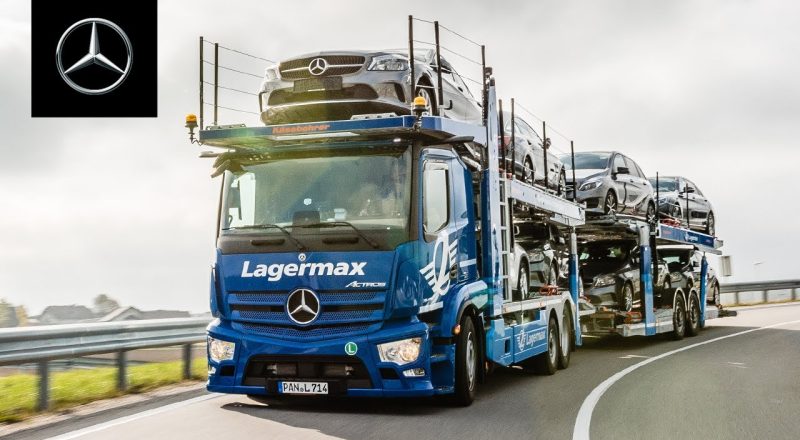In a world where mobility is key, the role of car transporters becomes increasingly significant. These unsung heroes of the automotive industry play a crucial role in ensuring that vehicles reach their destinations safely and efficiently. In this blog, we will explore the intricacies of car transporters, shedding light on their functions, types, and the vital role they play in the seamless movement of vehicles.
The Basics:
Car transporters, also known as auto transporters or car carriers, are specialized vehicles designed for the transportation of multiple vehicles simultaneously. They come in various shapes and sizes, ranging from small trailers to massive trucks capable of carrying several cars at once. The primary goal of these transporters is to move vehicles from one location to another, whether it’s for manufacturing, distribution, or relocation purposes.
Types of Car Transporters:
- Open Car Trailers:
- These are the most common and cost-effective type of car transporters.
- Vehicles are exposed to the elements, but they are securely strapped down.
- Ideal for short to medium-distance transport.
- Enclosed Car Trailers:
- Provide an extra layer of protection for the vehicles being transported.
- Shielded from weather conditions, road debris, and potential damage.
- Often used for luxury, classic, or high-value vehicles.
- Multi-Car Transporters:
- Large trucks designed to carry multiple vehicles at once.
- Maximizes efficiency by transporting several cars in a single trip.
- Commonly used for long-distance transport.
- Single Car Trailers:
- Compact trailers designed to transport a single vehicle.
- Ideal for short-distance moves or individual car shipments.
The Process:
Car transporters operate through a well-coordinated process to ensure the safety and timely delivery of vehicles. Here’s a simplified overview of how the process typically works:
- Booking and Scheduling:
- Customers or businesses book transportation services, providing details about the vehicles and their destination.
- Vehicle Inspection and Preparation:
- Before loading, a thorough inspection of each vehicle takes place.
- Vehicles are often secured using straps, wheel nets, or other specialized equipment.
- Loading:
- Vehicles are carefully loaded onto the transporter, taking into account weight distribution and secure fastening.
- Transportation:
- The transporter hits the road, navigating highways and byways to reach its destination.
- Drivers adhere to safety regulations and may make necessary stops for rest and inspections.
- Unloading and Delivery:
- Upon reaching the destination, vehicles are unloaded with the same care as the loading process.
- Customers or recipients inspect the vehicles for any damages before finalizing the delivery.
Conclusion:
Car transporters are the unsung heroes of the automotive industry, ensuring that vehicles reach their destinations safely and efficiently. From open trailers to enclosed carriers, these specialized vehicles play a crucial role in the seamless movement of cars across various distances. As technology continues to advance, the world of car transporters is evolving, with a focus on safety, efficiency, and environmentally friendly practices. The next time you see a car transporter on the road, appreciate the intricate dance of logistics that allows us to enjoy the freedom of mobility.
